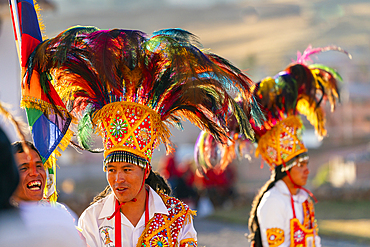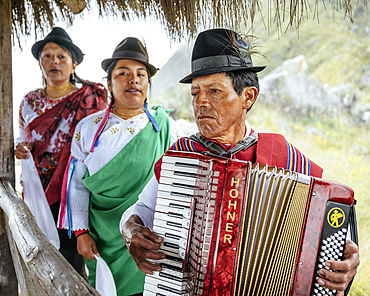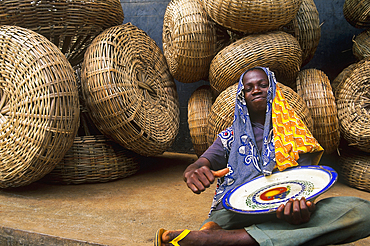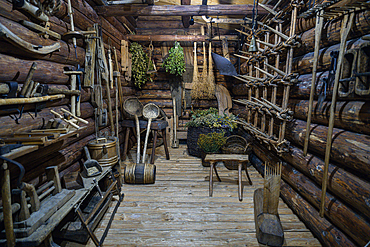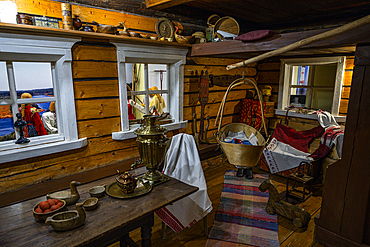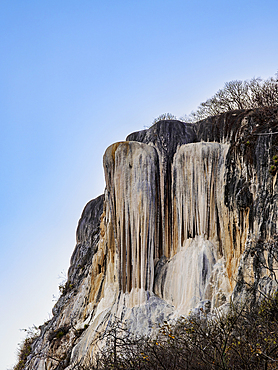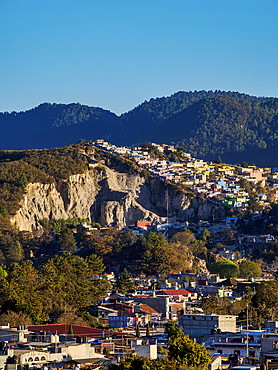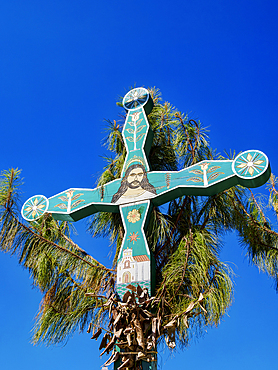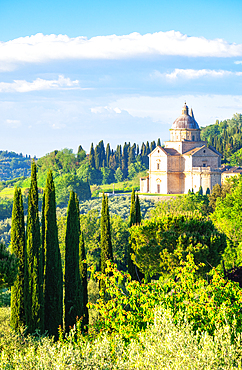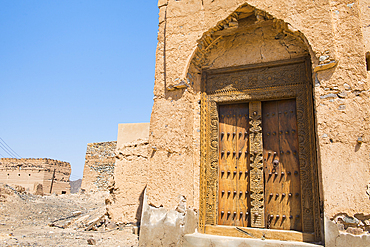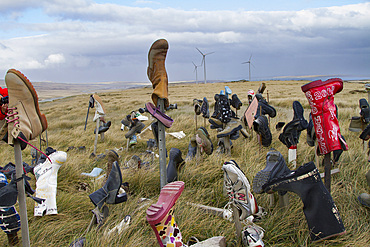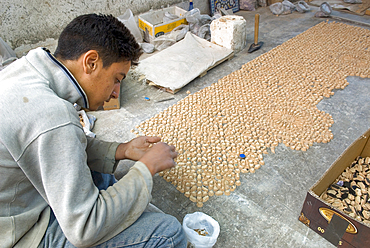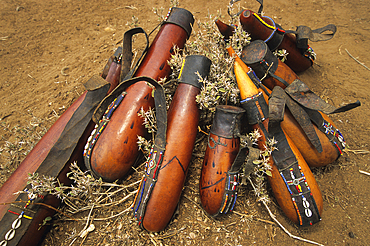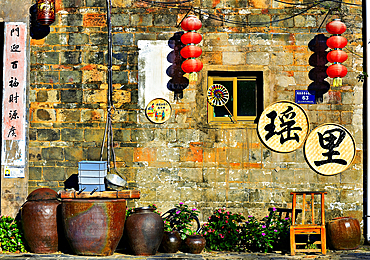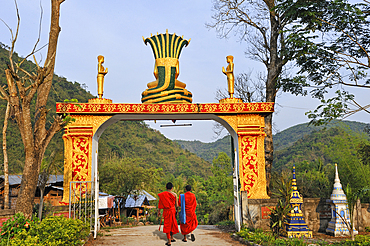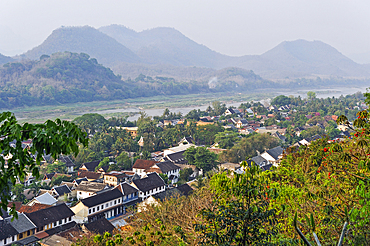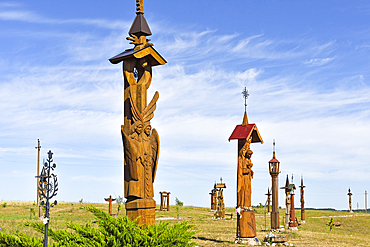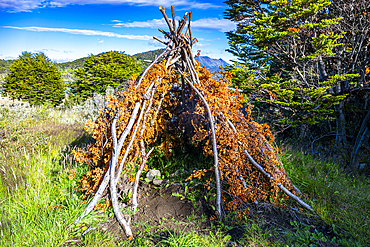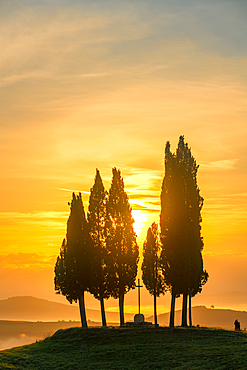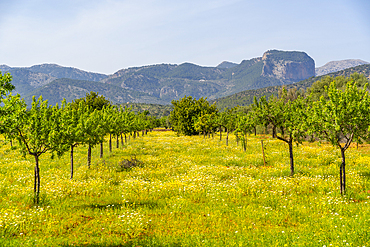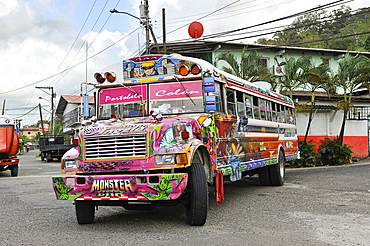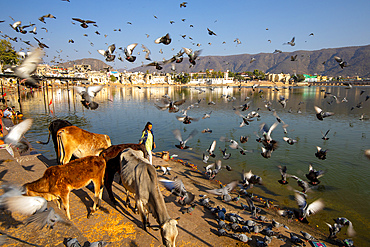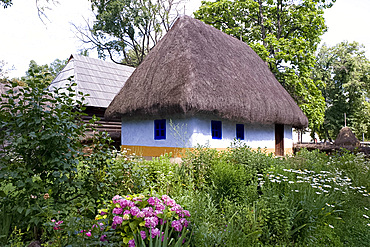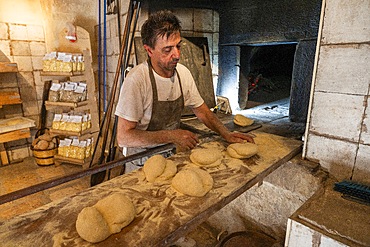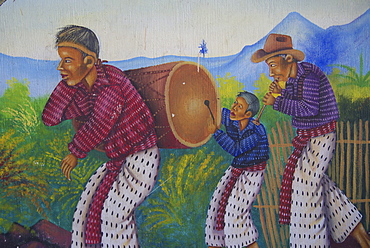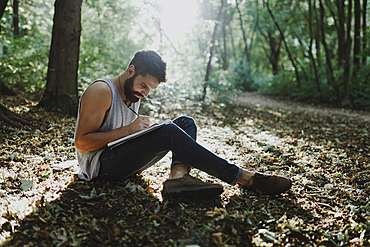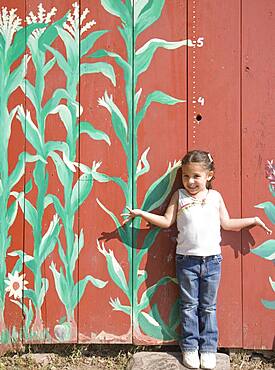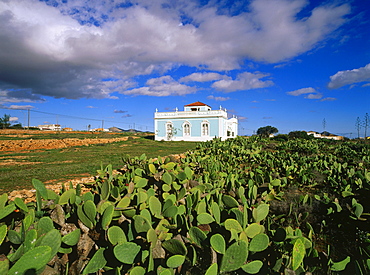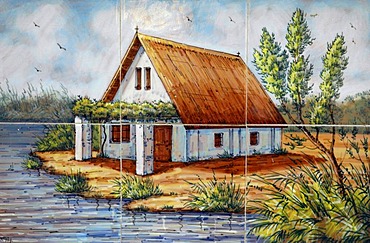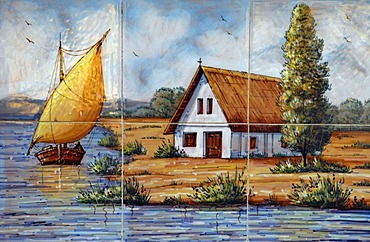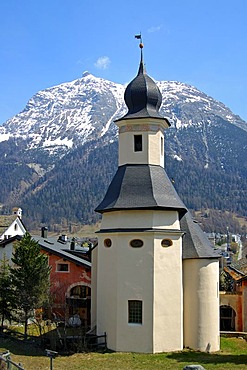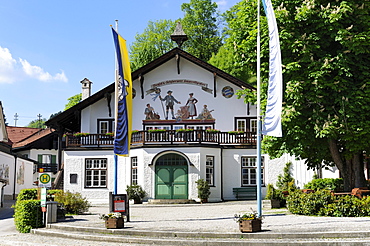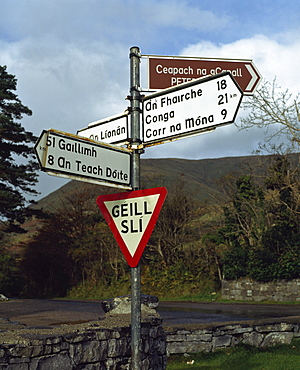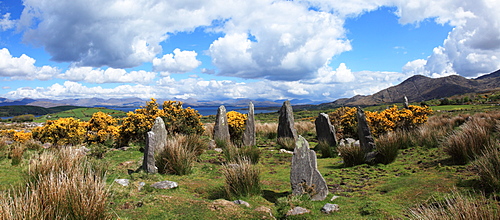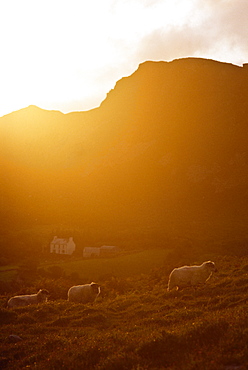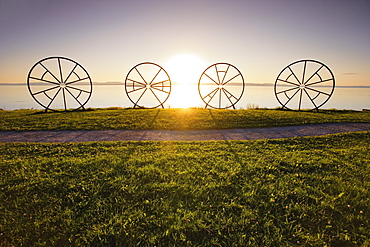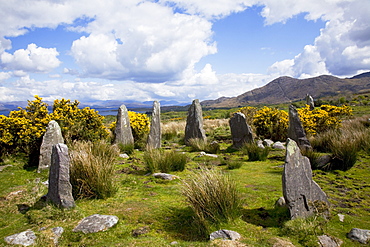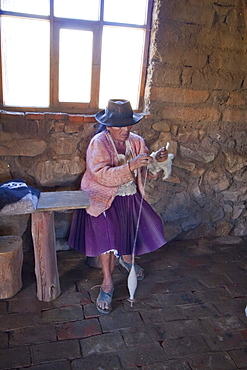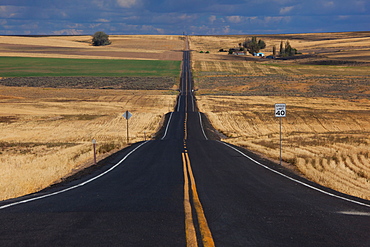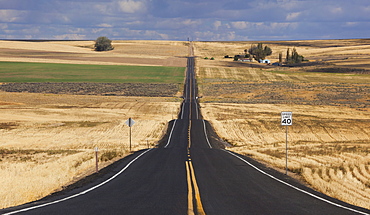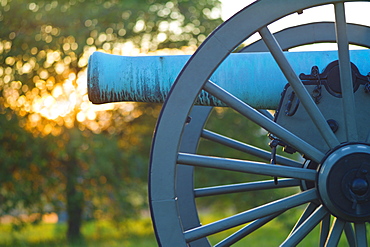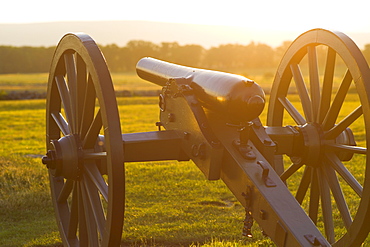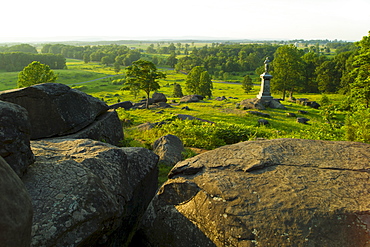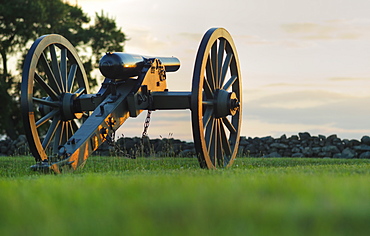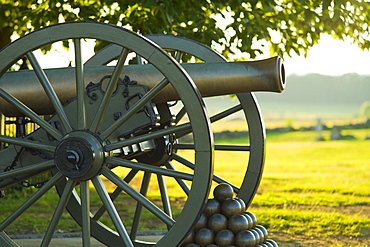Results
« Previous 1 2
138 results found

Woman spinning, making reel of cotton thread, village around Nong Khiaw, District of Luang Prabang, Northern Laos

Woman spinning, making reel of cotton thread, village around Nong Khiaw, District of Luang Prabang, Northern Laos

Woman making weaving warp, from Akha Puli tribe living in village in the mountains surrounding Muang La, Oudomxay Province, northwestern Laos
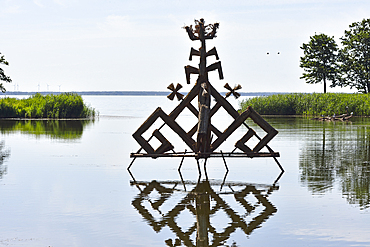
Sculpture made of reeds and intended to be burned during the celebrations of the autumn equinox, Amber bay near Juodkrante, Curonian Spit, Lithuania, Baltic States, North Europe
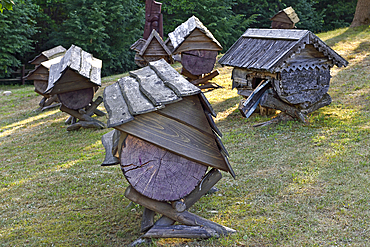
Ancient beehives in the Beekeeping Museum, Stripeikiai, Aukstaitija National Park, Lithuania, Europe
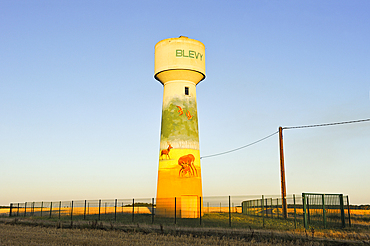
Mural painting, by Ateliers Adeline, on a water tower at Blevy, Natural region of Thymerais, department of Eure-et-Loir, Centre-Val de Loire region, France, Europe
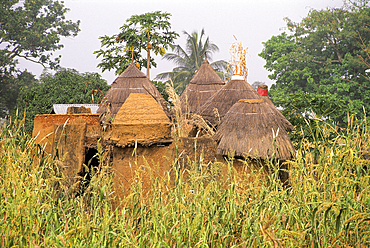
Fortified house, known as Tata Somba ('Somba house') in a Tammari (also known as Batammariba, Tamberma, Somba, Otamari) village, Atakora department, Benin, Gulf of Guinea, West Africa

View of colourful architecture at Nagaa Suhayl Gharb on the Nile river near Aswan, Aswan, Nubia, Egypt, North Africa, Africa
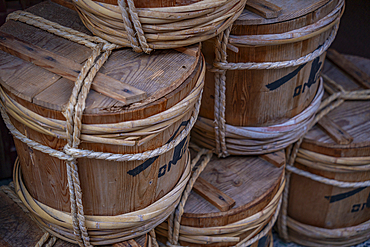
View of wooden rice buckets in the Higashi Chaya District, Kanazawa City, Ishikawa Prefecture, Honshu, Japan
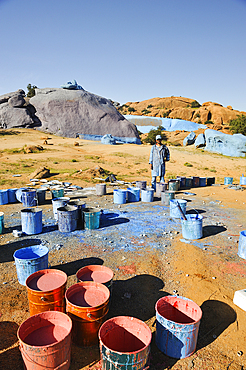
Painter working on Painted Rocks site, work of the Belgian artist Jean Verame, around Tafraout, Anti-Atlas, Morocco
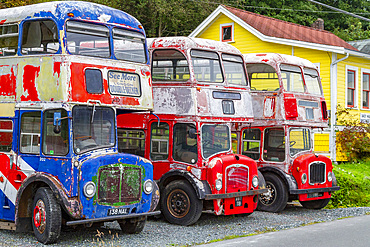
London double-decker buses in the First Nations Kwakwaka'wakw people's town of Alert Bay, British Columbia, Canada, North America
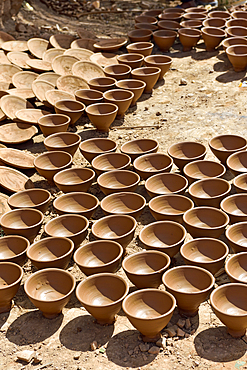
Pottery in the city of Tamegroute, Draa River valley, Province of Zagora, Region Draa-Tafilalet, Morocco
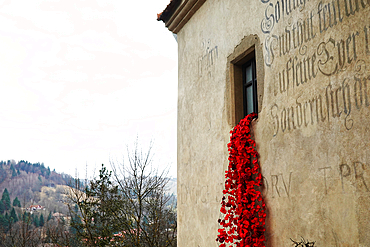
Bran Castle, Bran, near Brasov, Transylvania. The castle was built by Saxons in 1377 who were given the privilege by Louis I of Hungary. It is a national monument and landmark in Transylvania and famous for its association with the Dracula story.
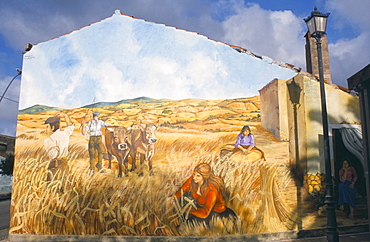
Painting by Pina Monne on side of house, evoking nostalgia for harvests in the rural past, Tinnura village, near Bosa, Sardinia, Italy, Europe
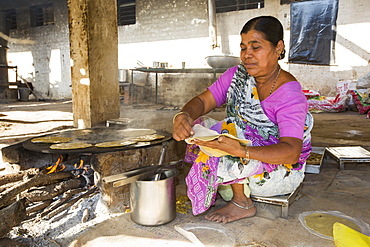
The Muni Seva Ashram in Goraj, near Vadodara, India, is a tranquil haven of humanitarian care. The Ashram is hugely sustainable, next year it will be completely carbon neutral. Its first solar panels were installed in 1984, long before climate change was on anyones agenda. Their energy is provided from solar panels, and wood grown on the estate. Waste food and animal manure is turned inot biogas to run the estates cars and also used for cooking. Solar cookers are also used, and the air conditioning for the hospital is solar run. 70 % of the food used is grown on the estate. They provide an orphanage, schools for all ages, vocational training, care for the elderly, a specialist cancer hospital withstate of the art machinary, and even have a solar crematorium. This shot shows a cook preparing chapatis on a biofuel stove.
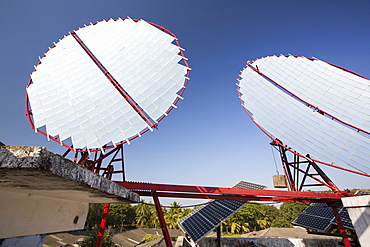
The Muni Seva Ashram in Goraj, near Vadodara, India, is a tranquil haven of humanitarian care. The Ashram is hugely sustainable, next year it will be completely carbon neutral. Its first solar panels were installed in 1984, long before climate change was on anyones agenda. Their energy is provided from solar panels, and wood grown on the estate. Waste food and animal manure is turned inot biogas to run the estates cars and also used for cooking. Solar cookers are also used, and the air conditioning for the hospital is solar run. 70 % of the food used is grown on the estate. They provide an orphanage, schools for all ages, vocational training, care for the elderly, a specialist cancer hospital withstate of the art machinary, and even have a solar crematorium. This shot shows solar panels that focus the suns rays on heat exchangers to boil oil, which is then sent down to the kitchens below to heat the cookers.
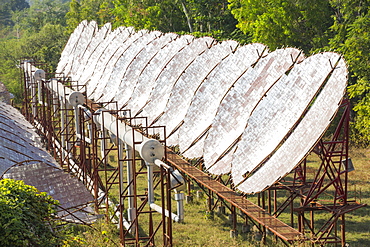
The Muni Seva Ashram in Goraj, near Vadodara, India, is a tranquil haven of humanitarian care. The Ashram is hugely sustainable, next year it will be completely carbon neutral. Its first solar panels were installed in 1984, long before climate change was on anyones agenda. Their energy is provided from solar panels, and wood grown on the estate. Waste food and animal manure is turned inot biogas to run the estates cars and also used for cooking. Solar cookers are also used, and the air conditioning for the hospital is solar run. 70 % of the food used is grown on the estate. They provide an orphanage, schools for all ages, vocational training, care for the elderly, a specialist cancer hospital withstate of the art machinary, and even have a solar crematorium. This shot shows the solar air conditioning for the Ashram's hospital.
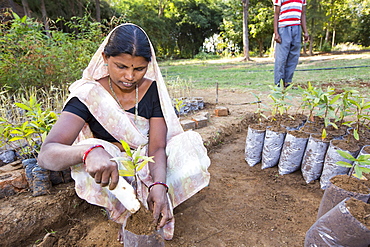
The Muni Seva Ashram in Goraj, near Vadodara, India, is a tranquil haven of humanitarian care. The Ashram is hugely sustainable, next year it will be completely carbon neutral. Its first solar panels were installed in 1984, long before climate change was on anyones agenda. Their energy is provided from solar panels, and wood grown on the estate. Waste food and animal manure is turned inot biogas to run the estates cars and also used for cooking. Solar cookers are also used, and the air conditioning for the hospital is solar run. 70 % of the food used is grown on the estate. They provide an orphanage, schools for all ages, vocational training, care for the elderly, a specialist cancer hospital withstate of the art machinary, and even have a solar crematorium. This shot shows a woman planting trees for onward growth in the Ashrams forests.

The Muni Seva Ashram in Goraj, near Vadodara, India, is a tranquil haven of humanitarian care. The Ashram is hugely sustainable, next year it will be completely carbon neutral. Its first solar panels were installed in 1984, long before climate change was on anyones agenda. Their energy is provided from solar panels, and wood grown on the estate. Waste food and animal manure is turned inot biogas to run the estates cars and also used for cooking. Solar cookers are also used, and the air conditioning for the hospital is solar run. 70 % of the food used is grown on the estate. They provide an orphanage, schools for all ages, vocational training, care for the elderly, a specialist cancer hospital withstate of the art machinary, and even have a solar crematorium. This shot shows the girls school.
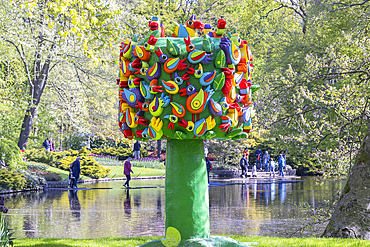
Europe, Netherlands, South Holland, Lisse. April 26, 2022. Sculpture Levenboom, Tree of Life, by Jo Naus and Marjan Tabak.
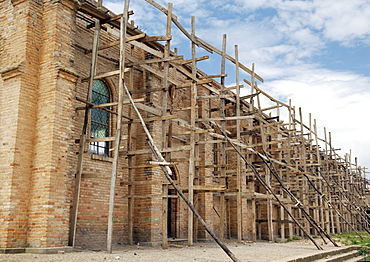
Kabgayi, Rwanda has the oldest Cathedral in the Country (1925). Restoration work is underway and scaffolding is a rather basic if not intricate combination of tree branches and sawn wood planks. An art form all to itself. Kabgayi, Rwanda, East Africa
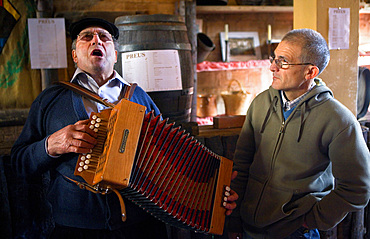
`Festa dels Traginers´, Feast of the muleteer in Balsareny. Accordionist. Balsareny. Comarca del Bages. Eix del Llobregat, Catalonia, Spain.
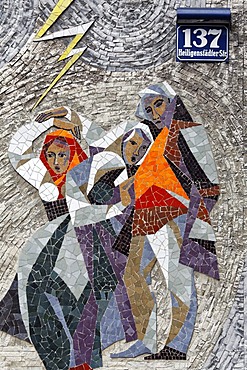
Three rural women protecting themselves from lightning, mosaic on a community tenement complex, 1960s, Vienna, Austria, Europe
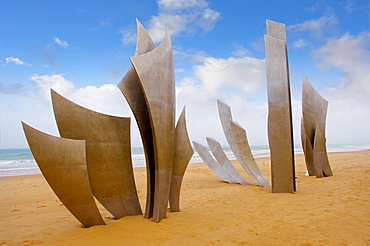
The Polynational Second World War memorial ""Les Braves"" by Anilore Banon, 2004, Omaha Beach, Laurent-sur-Mer, Normandy, France, Europe
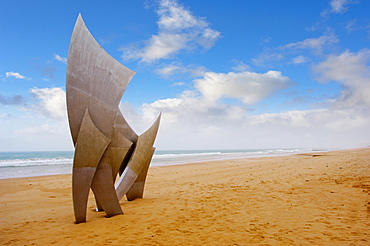
The Polynational Second World War memorial ""Les Braves"" by Anilore Banon, 2004, Omaha Beach, Laurent-sur-Mer, Normandy, France, Europe
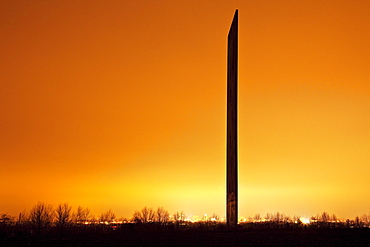
Artwork, Slab for the Ruhr by the sculptor Richard Serra on the Schurenbachhalde slag heap in the Ruhr area, Essen, North Rhine-Westphalia, Germany, Europe
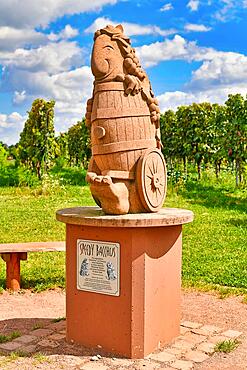
Wiesloch, Germany, August 2021: Funny sculpture of wine god called 'Speedy Bacchus' with blurry vineyard in background, Europe

Carved Madonna with Child Jesus at Jakobehues, Gerstruben, a former mountain farming village in the Dietersbachtal valley near Oberstdorf, Allgaeu Alps, Allgaeu, Bavaria, Germany, Europe
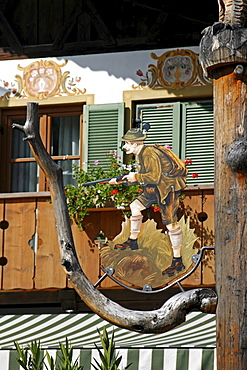
Traditional Bavarian building with "Lueftlmalerei" mural paintings, Grainau, Garmisch-Partenkirchen, Bavaria, Germany, Europe
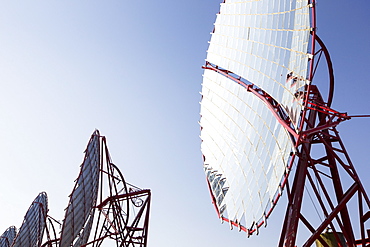
The Muni Seva Ashram in Goraj, near Vadodara, India, is a tranquil haven of humanitarian care. The Ashram is hugely sustainable, next year it will be completely carbon neutral. Its first solar panels were installed in 1984, long before climate change was on anyones agenda. Their energy is provided from solar panels, and wood grown on the estate. Waste food and animal manure is turned inot biogas to run the estates cars and also used for cooking. Solar cookers are also used, and the air conditioning for the hospital is solar run. 70 % of the food used is grown on the estate. They provide an orphanage, schools for all ages, vocational training, care for the elderly, a specialist cancer hospital withstate of the art machinary, and even have a solar crematorium. This shot shows solar panels that focus the suns rays on heat exchangers to boil oil, which is then sent down to the kitchens below to heat the cookers.
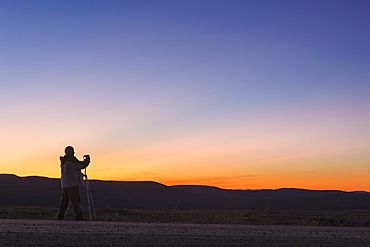
A Photographer Is Silhoutted Against The Sunset Above Eagle Summit Along The Steese Highway, Fairbanks, Alaska, United States Of America
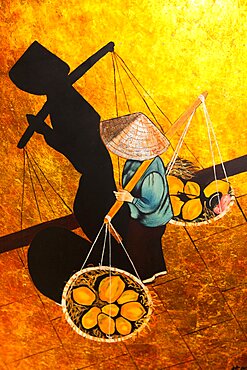
Vietnam, Tourist Goods, Painting of Vietnamese woman carrying goods in baskets on pole across her shoulders.
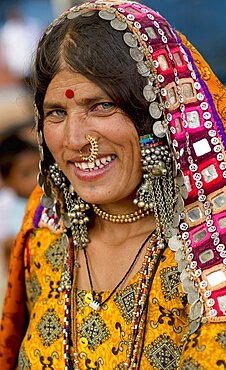
Smiling Lambani Gypsy woman with gold nose ring Tribal forest dwellers now settled in 30-home rural hamlets Related to the Rabaris gypsies of Kutch Gujarat, People, Karnataka, India

Smiling Lambani Gypsy woman with gold nose ring Tribal forest dwellers now settled in 30-home rural hamlets Related to the Rabaris gypsies of Kutch Gujarat, People, Karnataka, India

Smiling Lambani Gypsy Tribal woman wearing gold nose ring Forest dwellers now settled in 30-home rural hamlets Related to the Rabaris gypsies of Kutch Gujarat, People, Karnataka, India
